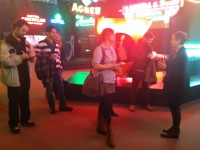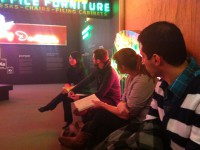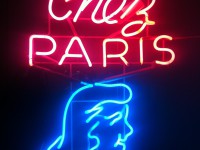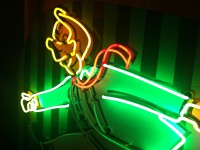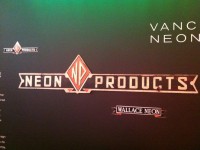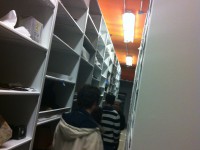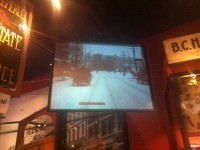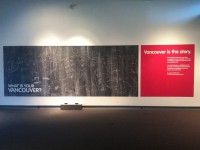Bioluminescence exhibit at the American Museum of Natural History
Tyler! I think that there might be a comparative bioluminescence exhibit review in your future…
and
http://www.nytimes.com/slideshow/2012/03/30/arts/design/20120330-CREATURES.html?ref=design




 Hi everyone, I am looking forward to discussing the MOV’s “The Visible City” mobile app prototype with you today. I wanted to remind you to take a look at some other recent Canadian apps highlighted by CHIN (Canadian Heritage Information Network)
Hi everyone, I am looking forward to discussing the MOV’s “The Visible City” mobile app prototype with you today. I wanted to remind you to take a look at some other recent Canadian apps highlighted by CHIN (Canadian Heritage Information Network)  Many thanks to Claude for her great synthesis of this week’s readings on virtual museums, and for many excellent questions for discussions. I am looking forward to Tuesday’s class. In the meantime, I wanted to link to a few examples of virtual museums that are worth spending some time looking at and thinking about in relation to the readings from this week (which of course build on the conversations we have been having all term).
Many thanks to Claude for her great synthesis of this week’s readings on virtual museums, and for many excellent questions for discussions. I am looking forward to Tuesday’s class. In the meantime, I wanted to link to a few examples of virtual museums that are worth spending some time looking at and thinking about in relation to the readings from this week (which of course build on the conversations we have been having all term).


